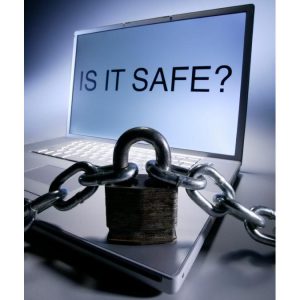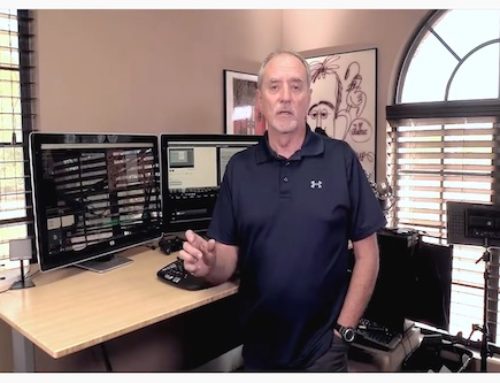The act of hacking and system cracking has been in existence since the earliest forms of electronic communications. A century ago, one of the world’s first hackers used Morse Code insults to disrupt what was supposed to be a demonstration of “secure” wireless telegraph communications.
 If we fast forward 100 years to today’s digital economy, we find that hacking has grown just as sophisticated. In fact, the act of exploiting weaknesses in a computer system or computer network has grown into a culture of its own and is now a known community.
If we fast forward 100 years to today’s digital economy, we find that hacking has grown just as sophisticated. In fact, the act of exploiting weaknesses in a computer system or computer network has grown into a culture of its own and is now a known community.
It is the criminal element of this community that has made headlines in recent months with the network exploitation of corporate giants such as Yahoo, Internet Explorer and most recently eBay. Last year, Target had a massive data breach with more than 100 million customers affected.
A recent report on the Target incident revealed that hackers were able to access the vast Target network thanks to a third-party vendor who had been given access to Target’s computer system. The vendor itself was unaware that it had been hit with an email-based malware attack earlier in the year. That attack opened the doors for hackers to gain access to Target, where it used malware to gather sensitive data across the network.
Malware is the name for malicious software used to disrupt computer operation, gather sensitive information, or gain access to private computer systems. According to security firm Check Point, a strike by a piece of new and unknown malware took place every 27 minutes in 2013.
Here are 4 steps you can take to protect yourself from this kind of attack.
- Never click on an email attachment – such as a PDF file – from a sender you don’t know. Adobe Reader is a common software program that allows you to read PDF (portable document format) files. It has been repeatedly exploited by hackers. When you open an infected PDF file, it gives hackers access to the computer. The malware may display a “decoy” PDF file to trick you into believing that nothing wrong has happened. Messages with infected attachments can also appear to come from someone you do know if their email address has been hijacked by a hacker. If the message seems odd or unusual, check with the sender to make sure it’s legitimate before clicking on the attachment.
- Make sure that you have reputable antivirus software installed and keep it updated. Antivirus software must be updated regularly to stay effective against new viruses. Most antivirus software is designed to update automatically, but you can also update your software manually.
- If you get an automatic prompt to update a software program, make sure it is legitimate. Microsoft Windows and Adobe systems require security updates from time to time. Clues that the prompt is fraudulent include:
- the prompt is misspelled
- the language is odd
- the logos or icons look like they’ve been altered
- If you’re directed to a site to download an update, be sure to take a good look at the address bar. Legitimate updates to Adobe Flash and Acrobat will come from Adobe.com. Fraudulent ones will have a different address.
The world of cyber crime is vast and varied, but being aware of what you are clicking on can go a long way in keeping your computer and all of the information it contains, safe from criminal elements.





